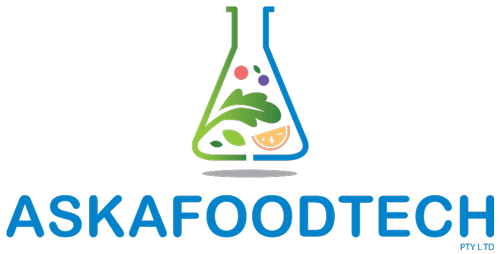The Anatomy of a Food Label
Food labels provide essential information that helps consumers make informed choices about the products they purchase.
The Australian Food Standards Code outlines specific requirements to ensure transparency and safety.
Here’s a breakdown of the key elements of a food label and what they mean for you.
1. Name of the Food
The name must clearly describe the food product, ensuring consumers aren’t misled about its contents or purpose. This helps identify exactly what you’re purchasing without confusion.
2. Ingredients List
Ingredients are listed in descending order by weight, with the main ingredients appearing first. This allows consumers to quickly identify the primary components and be aware of any ingredients they may wish to avoid.
3. Mandatory warnings and allergen Declarations
Under Plain English Allergen Labelling (PEAL), allergens like peanuts, soy, gluten, and eggs must be clearly declared in bold or in a separate allergen summary. This ensures quick identification of allergens to help those with sensitivities avoid harmful ingredients.
4. Nutritional Information Panel
This panel provides a detailed breakdown of key nutritional information, including energy, protein, fat, sugar, and sodium levels. It’s an important tool for consumers managing specific dietary needs or looking to make healthier choices.
5. Date Marking
Labels must include a use-by or best-before date. The use-by date indicates when a product becomes unsafe to consume, while the best-before date signifies when the food may start to lose its optimal quality.
6. Country of Origin
The Country of Origin label informs consumers where the food was grown, manufactured, or packed. This is especially important for consumers looking to support local producers or manage their environmental impact by reducing the purchase of imported goods.
7. Storage Instructions
For products that require special storage, such as refrigeration or freezing, clear instructions must be provided. Proper storage is essential for maintaining product quality and safety.
8. Weight or Volume
The total weight or volume of the product must be listed, giving transparency about the amount you’re buying. This makes it easier to compare similar products and understand value for money.
9. Use of Irradiation
If a food product has been treated with irradiation (a process used to kill bacteria or extend shelf life), this must be clearly stated on the label. Consumers have the right to know the methods used to treat their food.
10. Genetic Modification Labelling
Food products containing genetically modified (GM) ingredients must include this information on the label. Australian regulations ensure that consumers are aware of any GM ingredients, allowing them to make informed choices based on their preferences.
11. Information Supporting Nutrition & Health Claims
When a product makes nutrition or health claims, such as being “high in fibre” or “low in sugar,” the label must include supporting evidence, typically through the nutritional panel. This ensures that claims are truthful and not misleading.
12. Directions for Use
Clear directions for use must be provided when specific handling or preparation steps are necessary to safely consume the product. This is especially important for products that require cooking or refrigeration before eating.
13. Name & Physical Address of Supplier
The name and physical address of the supplier must be present on the label. This provides a point of contact for consumers if there are any concerns or questions about the product, and it ensures accountability from the food manufacturer or distributor.
In summary.
Understanding food labels is essential for making healthier, safer, and more informed choices. Whether you're avoiding allergens, choosing local products, or looking for specific nutritional content, knowing how to read a food label is key. If you're a food business seeking expert guidance on labelling compliance, reach out to
ASKAFOODTECH for industry-leading advice and support.

About the Author:
Stewart Eddie (Bapp Sc Food Science & Technology) is Director and Principal Food Tech at ASKAFOODTECH PTY LTD; a food technology consulting company that inspires, educates, and serves food producers with an ambition to grow and manage risk. Living with a severe food allergy and being a food technologist, Stewart is uniquely placed to help your food manufacturing business with your allergen management planning. If you would like more information on the services that ASKAFOODTECH PTY LTD can provide, please
contact us.
A purpose driven leader who has accumulated extensive hands-on experience in all aspects of developing and industrialising new products.
Stay up to date with ASKAFOODTECH.
Mailing List
Thank you for joining the ASKAFOODTECH mailing list.
Oops, there was an error in joining the ASKAFOODTECH mailing list. Please try again later.








